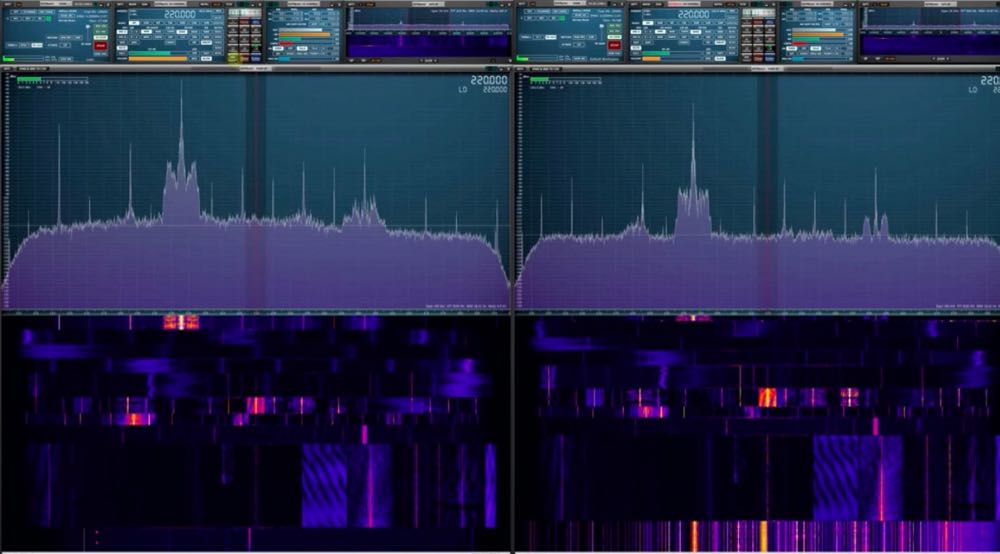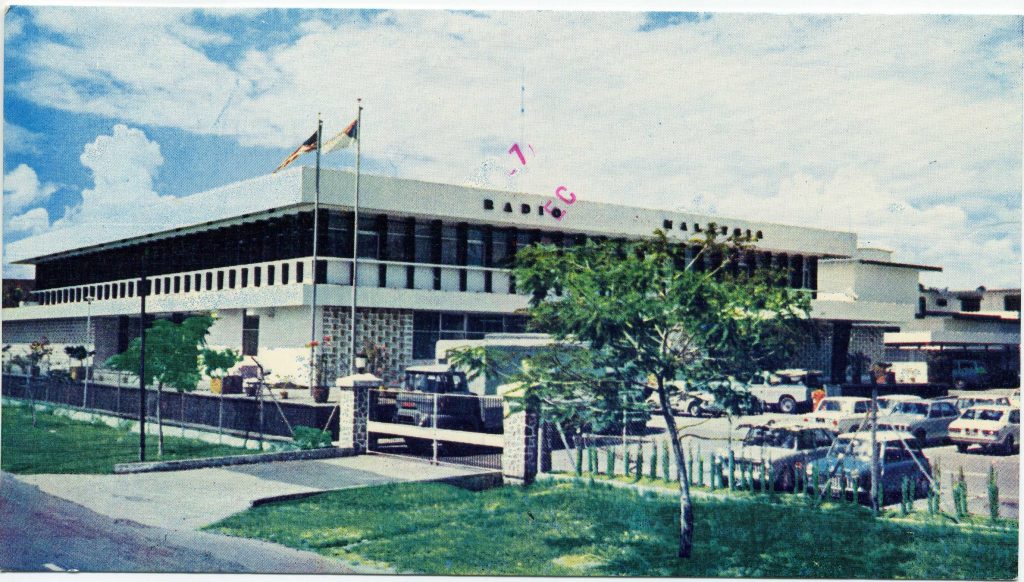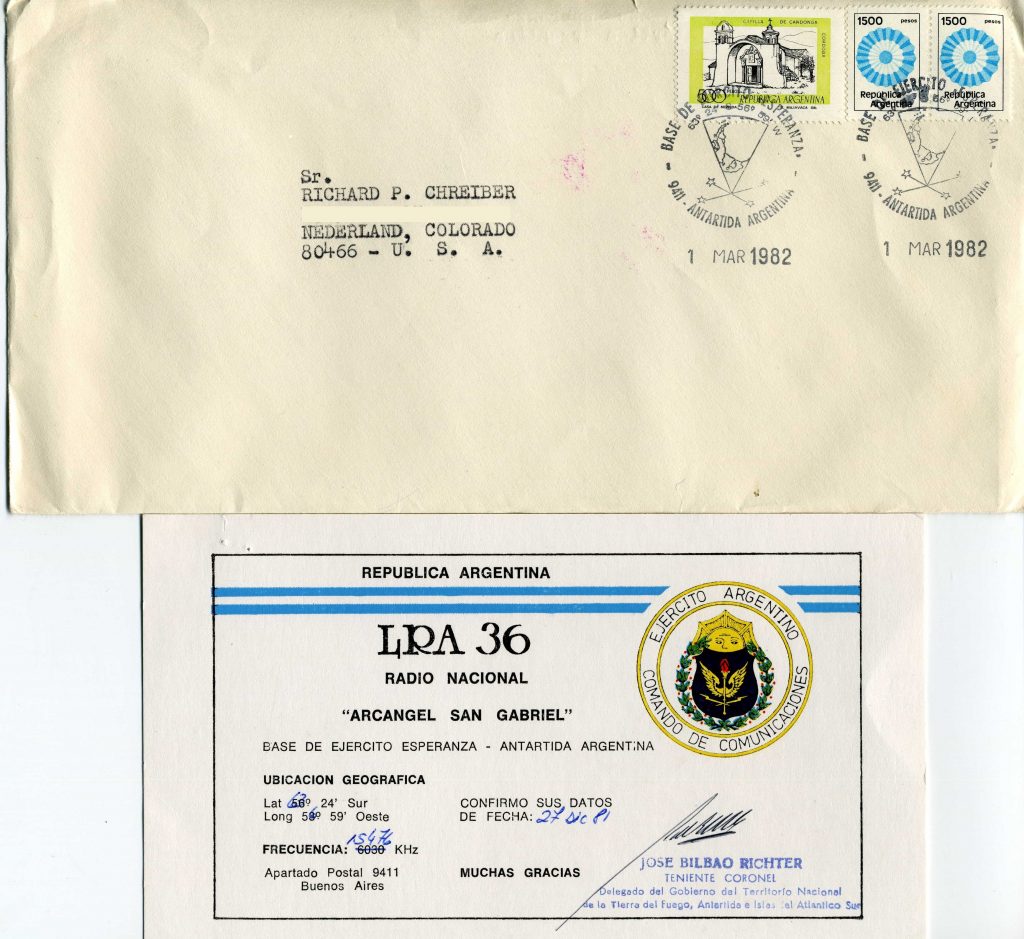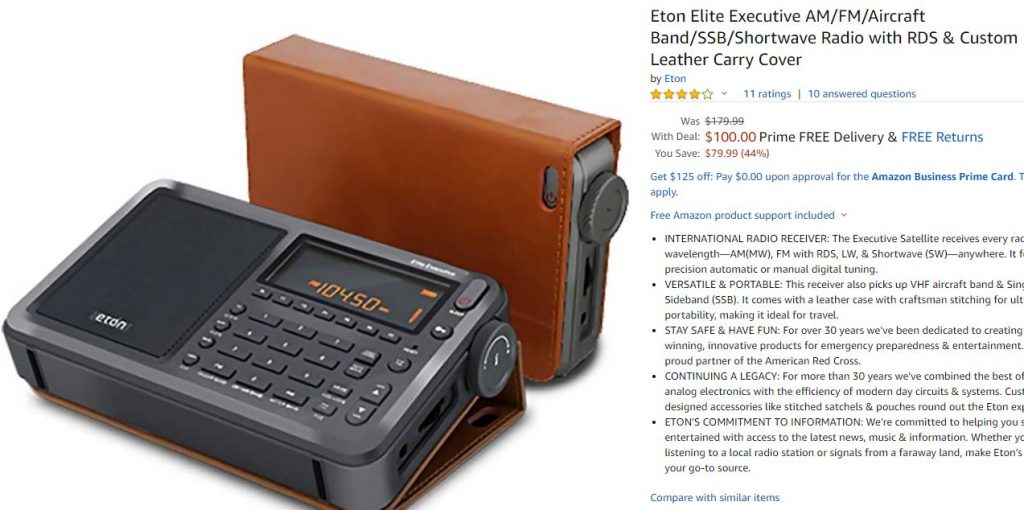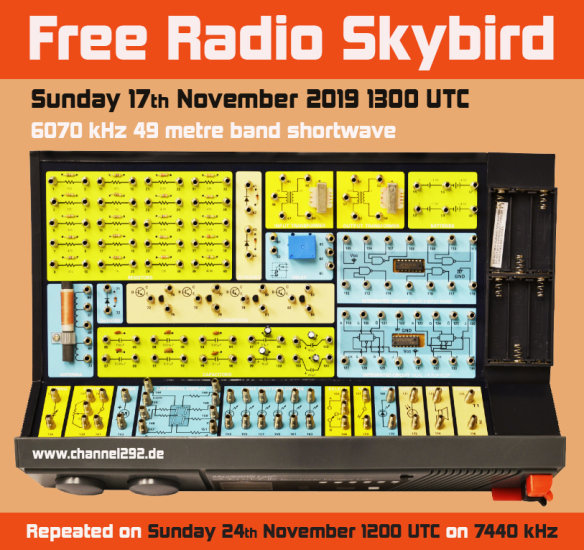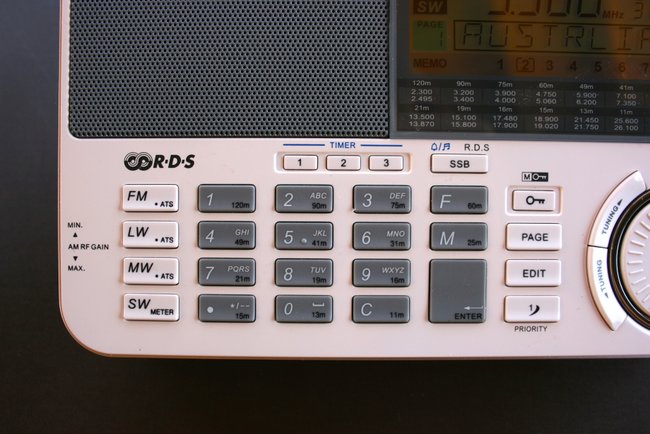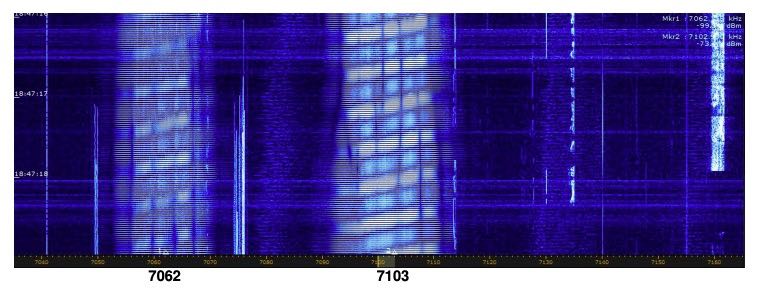
OTH radar Contayner on 7062 and 7103 kHz on 21 Oct. at 1847 UTC (Source: IARU Region 1 Newsletter)
Many thanks to SWLing Post contributor, Paul Evans, who writes:
The news from IARU Region 1 observer reports is all over the radio internet (including news sites and other blogs), but the extent of this [Russian] OTHR is grim. [Click here to read a recent ARRL News post.]
It is also entering service on a full-time basis, along with, potentially, a similar Chinese system.
Yes, it has been in testing for many years but is approaching multiple site use, soon. As the sunspot cycle comes back they may prove to be very limiting.
The antenna picture (for the transmit site) is impressive:
https://qrznow.com/russian-oth-radar-now-reported-to-be-everywhere/
(although I think that is of the old Woodpecker site, the Google Maps street view image looks somewhat different, see below).
However, it’s not so huge that it really stands out. It can be seen here:
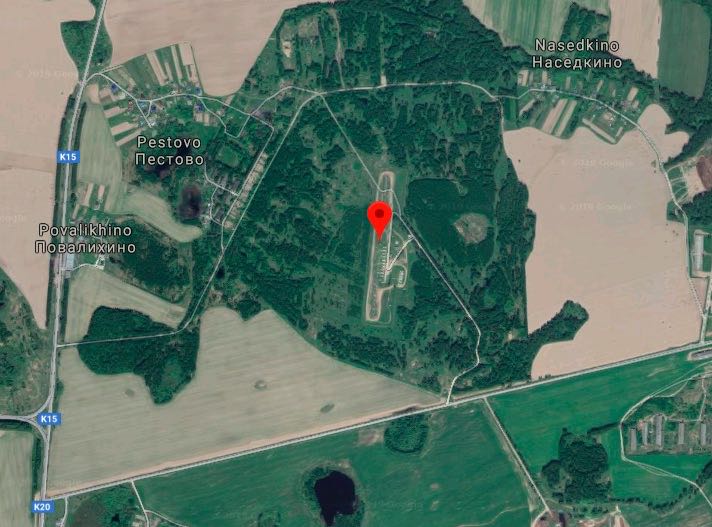
in satellite view and can even be seen in street view here:

Note that the magic number in the phased arrays seems to be 9.
Rather worrying is that the UK continues to run, over many years now, OTHR from sovereign bases (ZC4) in Cyprus rather obviously aimed at use in Syria and Libya for use with the RAF and for Russian air space. It too can be seen on the salt marshes in the south of the island. As an active system it seems to be rather more cloaked than the Russian system, although there are some 360 degree images in Google Maps that show the towers. This was extremely annoying on the bands when the last solar cycle was near maximum from Bermuda because it was right in the main lobe when a Yagi was pointed towards Europe and was very loud. It was considerably narrower than the Russian system but occupied a solid chunk of band.
Paul, thank you for bringing this to our attention. I have seen chatter about the QRM this particular Russian OTH Radar site has created, but it seems other countries will soon be joining the OTHR QRM scene as well.
Do you enjoy the SWLing Post?
Please consider supporting us via Patreon or our Coffee Fund!
Your support makes articles like this one possible. Thank you!


